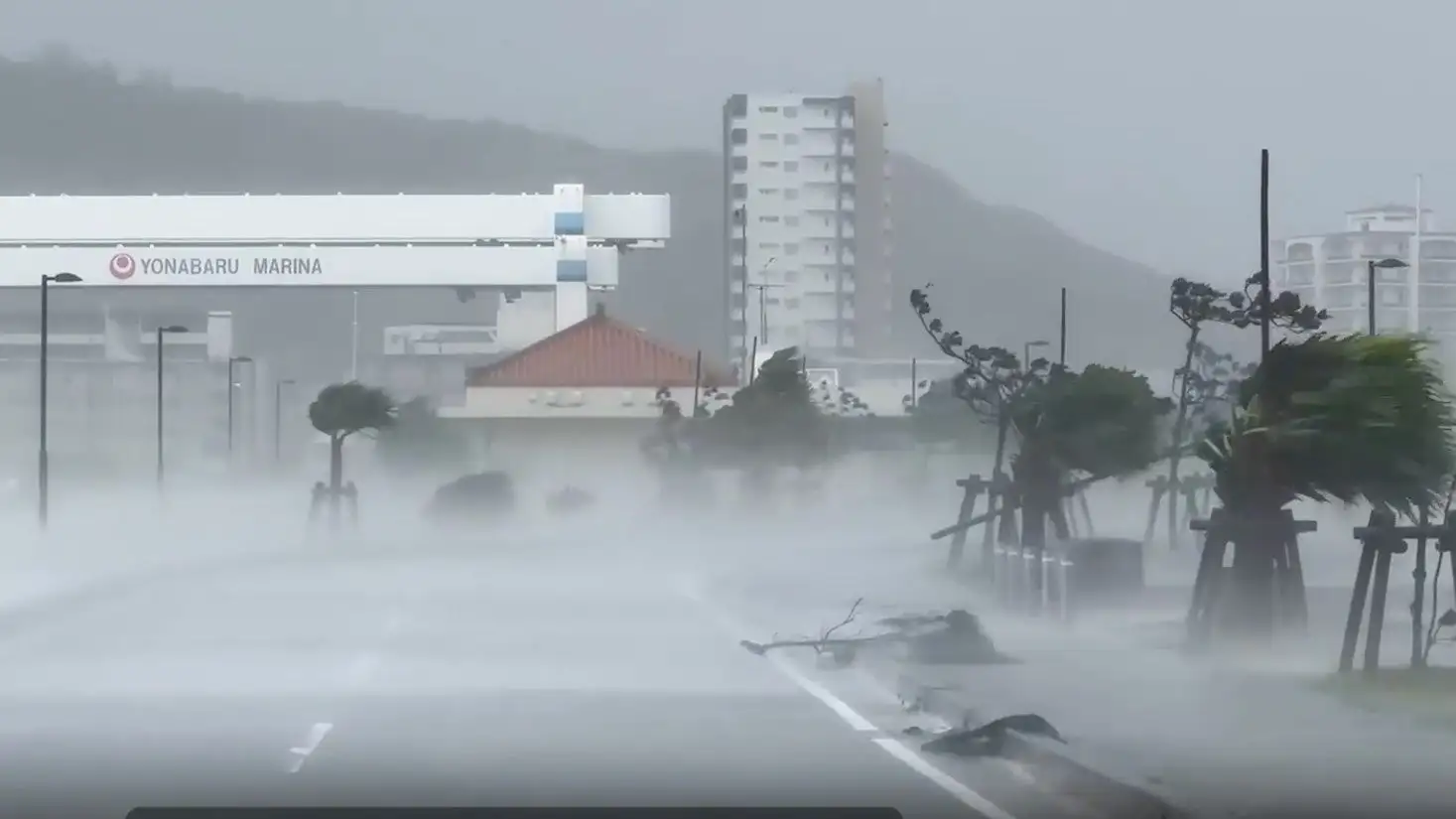On Tuesday, Factories were closed, Flights were canceled, and bullet trains were suspended as Typhoon Khanun moved towards Japan’s southernmost main island of Kyushu, fetching heavy rain.
Last week, the typhoon killed almost two people, more than 100 people got injured, and caused power to be cut off for at least one hundred thousand locals in the southern Okinawa region before barreling towards Taiwan.
According to forecasters, the weather system then whirled back to Okinawa and on Wednesday was due to scream along the western coast of Kyushu towards South Korea.
A local spokesman told AFP that on Tuesday, Japan Airlines canceled 132 flights, which impacted almost 8,390 people. ANA also canceled flights between Kagoshima in southern Kyushu and Tokyo.
Kyushu Railway stated in a statement that the “shinkansen” bullet train was suspended, while many other commuter and express trains were suspended, Kyushu Railway said in a statement.
Japan’s weather agency alerted residents on its website, “Please be attentive about landslides, floods in low lands, and expand and spillover of water in rivers, storms, and high waves” at seas.
Kagoshima prefecture issued non-compulsory abandon orders to about 540,000 residents, setting up 314 shelters, officials said.
Other parts north of Kyushu were also bracing for the damaging weather system, with Mazda, a carmaker, declaring its factories in Hiroshima and Yamaguchi would discontinue operations on Wednesday and Thursday.
The storm forced Nagasaki to push indoors and scale down its annual commemoration ceremony of the 1945 atomic bombing scheduled for Wednesday.
In South Korea, the forthcoming weather system provoked the removal of tens of thousands of people from the World Scout Jamboree.




